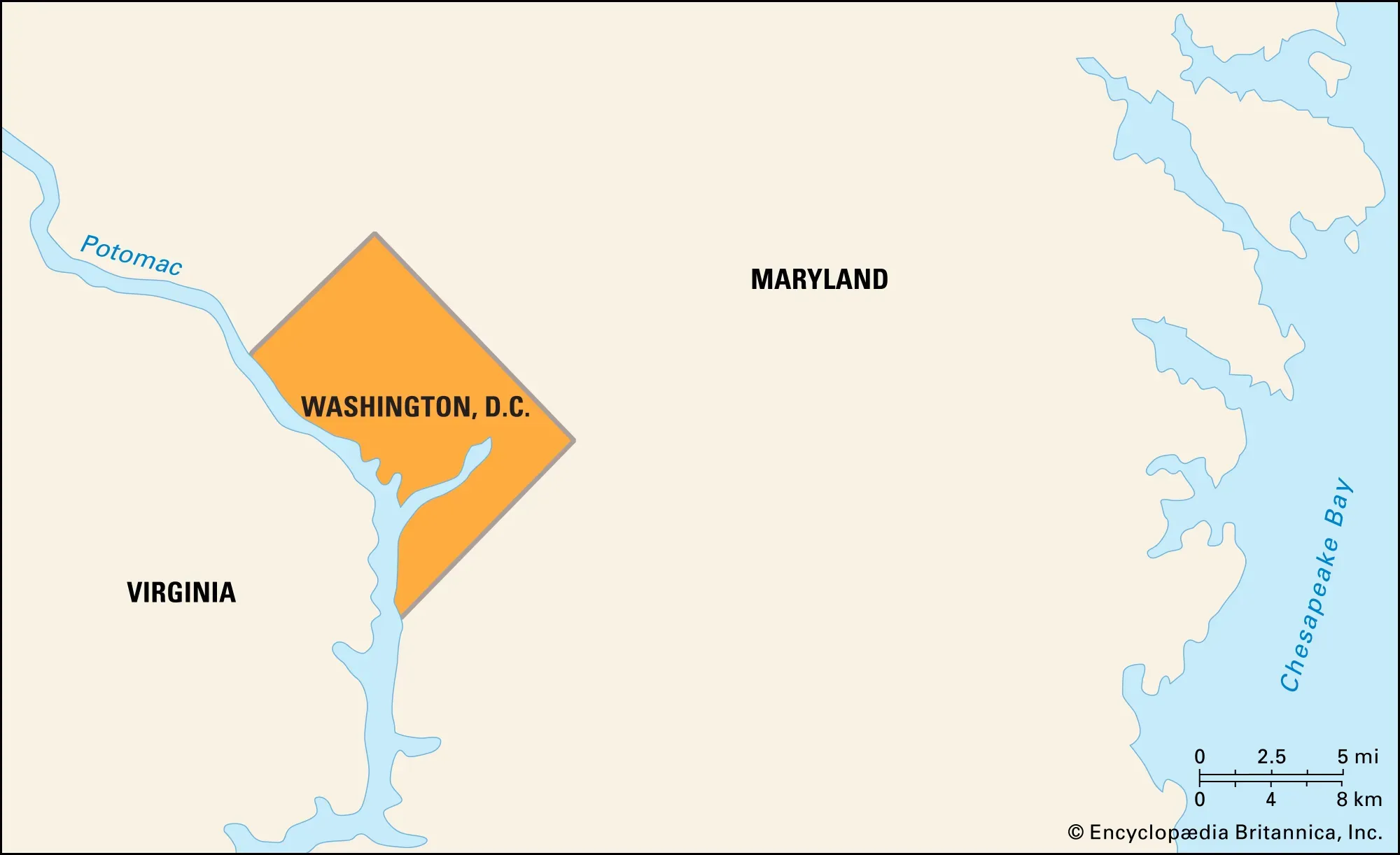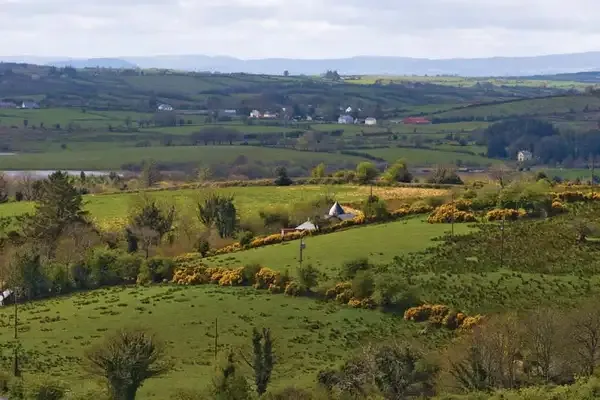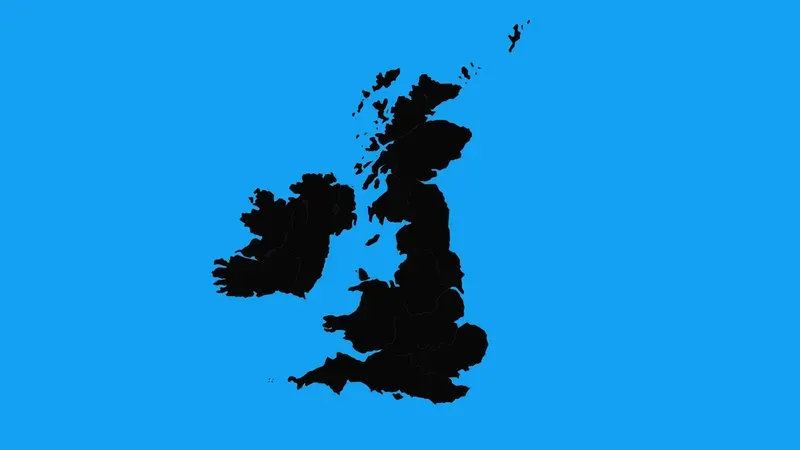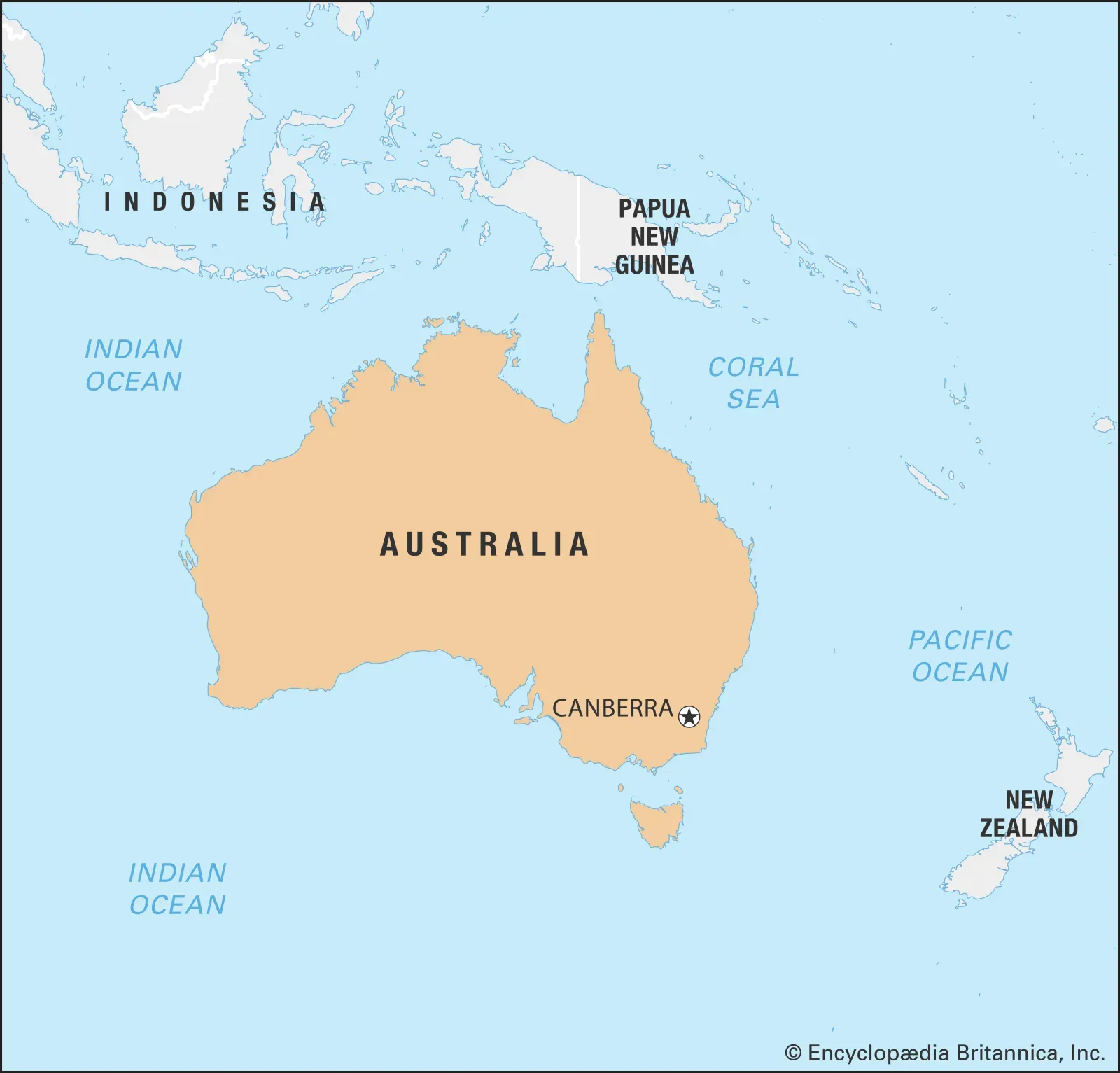What State Is Washington, D.C. In?
Washington, D.C. is not located in any U.S. state. It is a unique federal district created by the Constitution to serve as the nation’s capital. Situated between Maryland and Virginia, it was established in 1790 and named after George Washington. The district is autonomous, with its own local government, but Congress retains ultimate authority. This separation ensures that the capital remains neutral and not influenced by any single state’s interests.

When discussing the political landscape of the United States, one often encounters confusion regarding the status and location of ''Washington, D.C.'' A common question arises: "What state is Washington, D.C. in?" To clarify, Washington, D.C. is not part of any state but is a separate federal district. Understanding this distinction is crucial for grasping the unique role D.C. plays in the U.S. government and its historical context.
The Historical Background of Washington, D.C.
Established by the ''Residence Act of 1790'', Washington, D.C. was created to serve as the nation's capital. The land was chosen for its strategic location along the Potomac River, between the states of Maryland and Virginia. The decision to create a federal district was rooted in the desire to have a neutral ground that was not beholden to any state, ensuring that all states would have equal representation in the federal government.
The Unique Status of Washington, D.C.
Unlike cities that are part of states, Washington, D.C. is a unique entity governed by federal law. It is officially known as the ''District of Columbia'' and its residents do not have the same representation in Congress as those residing in the states. For instance, the district has no voting representation in the Senate and only a non-voting delegate in the House of Representatives. This has led to ongoing debates about statehood and representation for the residents of D.C.
Geographical Location of Washington, D.C.
Washington, D.C. is bordered by the states of Maryland to the east and Virginia to the south and west. The district encompasses a total area of approximately 68.34 square miles, with a population of over 700,000 residents. The following table illustrates the geographical relationship between Washington, D.C., and its neighboring states:
| Bordering State | Direction | Key Cities |
|---|---|---|
| Maryland | East | Silver Spring, Bethesda |
| Virginia | South/West | Arlington, Alexandria |
Government and Administration
The governance of Washington, D.C. is overseen by a mayor and a city council, similar to other major cities in the U.S. However, the ''U.S. Congress'' retains the authority to override local laws and has the power to intervene in local governance matters, establishing a unique dynamic that differentiates D.C. from states. This relationship has often sparked discussions about the need for D.C. residents to have more autonomy and representation in the federal government.
Debate Over Statehood
In recent years, the topic of ''D.C. statehood'' has gained momentum. Proponents argue that D.C. residents deserve equal representation in Congress and the same rights as citizens living in the states. They advocate for the idea that D.C. should be granted statehood, which would provide its residents with full voting rights and representation. On the other hand, opponents of statehood often cite constitutional and political concerns, arguing that the district was specifically established to serve as a neutral federal zone.
Tourism and Cultural Significance
Washington, D.C. is not only the political heart of the nation but also a cultural hub that attracts millions of visitors each year. The district is home to iconic landmarks such as the ''White House'', the ''U.S. Capitol'', and the ''Lincoln Memorial''. These sites not only reflect the nation's history but also serve as symbols of democracy and governance. The National Mall, a central feature of the city, hosts numerous museums and memorials, making it a focal point for both tourists and locals.
The district's rich history and cultural significance are further enhanced by events such as the ''National Cherry Blossom Festival'' and the ''Fourth of July celebrations'', drawing visitors from across the globe. These events highlight the vibrant community and diverse population that call D.C. home, illustrating that it is much more than just a political center.
Conclusion
In summary, Washington, D.C. is not located in any state but is a distinct federal district that serves as the capital of the United States. Its unique status raises important questions about representation and governance, while its rich cultural landscape makes it a vibrant city with much to offer. Understanding the political and historical context of Washington, D.C. is vital for anyone interested in the workings of the U.S. government and the ongoing debates surrounding statehood and representation.












